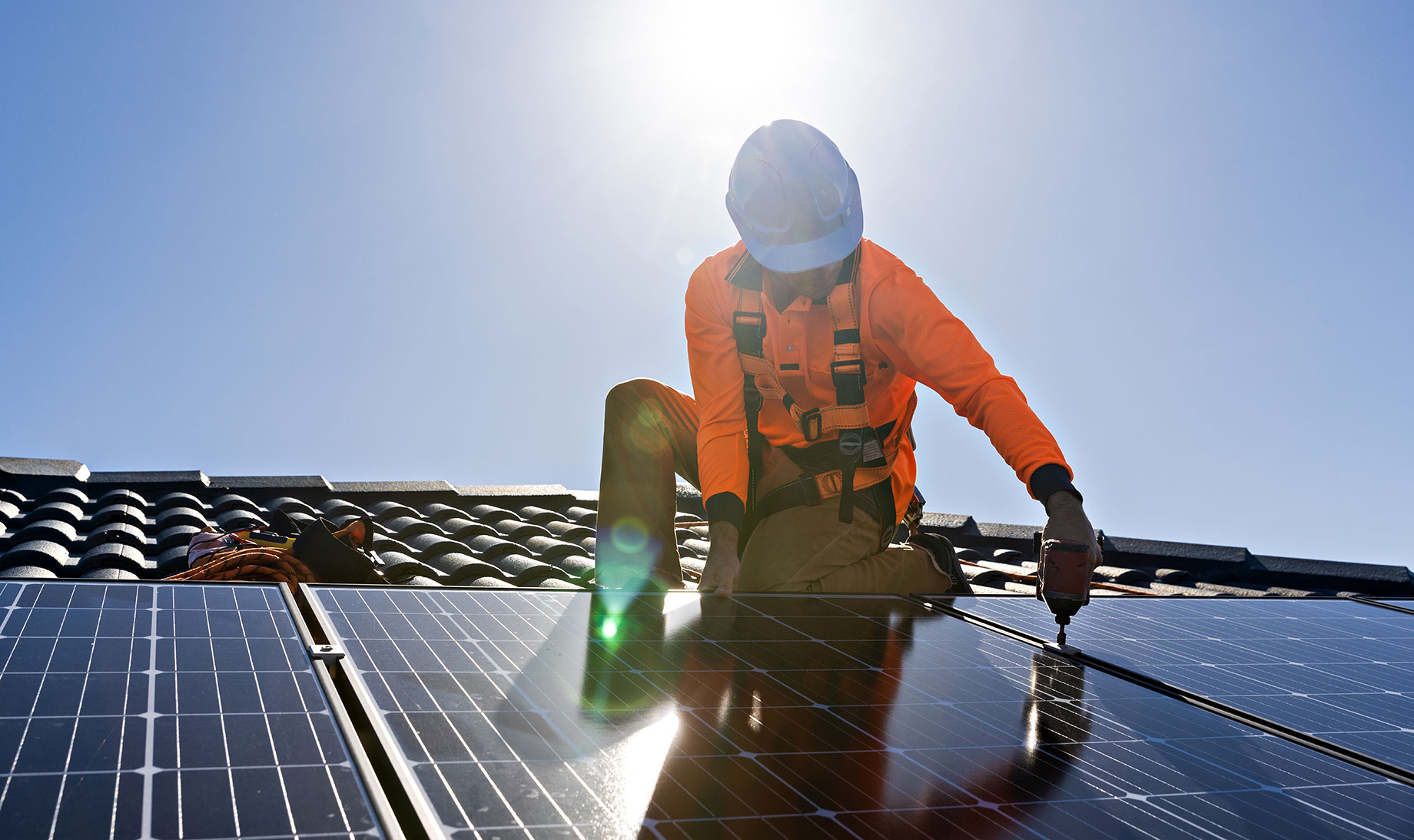
The solar industry keeps moving forward, and demand is rising fast. The global solar market is projected to grow at an annual rate of 7.39% from 2025 to 2029. That’s billions in new opportunity.
But growth only matters if you can execute. And right now, installation delays remain one of the biggest threats to scaling profitably.
Labor shortages, communication gaps, inspection delays, and customer indecision are all too familiar. And if you don’t tackle these pain points head-on, they’ll compound as you scale.
This year, the best solar companies aren’t just selling more, they’re finishing faster. Let’s break down the most common causes of solar installation delays and the top strategies to keep projects moving, crews on-site, and cash flowing.
What’s more?
In solar, every missed date and every rescheduled crew chip away at your customer experience. 90% of consumers say customer service influences their decision to do business with a company. This is your sign to tighten your timeline and strengthen your brand.
Common Causes of Solar Installation Delays in 2025
Inspection Delays from AHJ Backlogs
AHJs often have long lead times and limited availability, especially in high-volume areas. Without proper planning, completed installs sit idle while you wait for approval. This delays payments and keeps customers waiting.
Labor shortages and skill mismatches
It’s not just about headcount. If your crews aren’t trained for the system type, roof structure, or utility requirements, you lose time on the ground. The wrong technician in the right slot costs you days.
Poor project scheduling or resource allocation
Scheduling installs too close together or misaligning crew availability with permit timelines creates chaos. A single delay can ripple through your entire schedule. Smart scheduling is necessary here, which anticipates problems before they happen.
Unforeseen site conditions
Unexpected issues like outdated panels and hidden damage eat up time and kill efficiency. If your pre-site assessments miss key details, expect rework, change orders, and frustrated customers.
Communication gaps between teams and customers
Mistakes multiply when sales, design, and install crews don’t sync. And when customers don’t know what’s happening, they get anxious. Clear communication across every phase keeps timelines and trust intact.
Strategies to Reduce Solar Installation Delays
Strategy 1: Automate Your Project Scheduling and Dispatching
Manual scheduling can’t keep up with high-volume solar operations. The more you grow, the more complex your installations get, and spreadsheets won’t scale with you.
A promising solution is to start using field service management software for solar that provides key operations like scheduling, solar dispatching, and crew availability and tracking in real time. This platform adjusts quickly based on preparedness, weather, and crew capacity.
Why it works:
Dynamic scheduling reduces idle hours, keeps your field teams fully utilized, and helps you hit install targets without burning out your crews.
Strategy 2: Streamline Permitting with Digital Documentation
In too many workflows, permitting is the part of your process that slows everything down. The problem isn’t always the AHJ. Sometimes, it’s your paperwork.
Digital solar forms, checklists, and reusable permit templates speed up submissions and reduce errors. When you use standardized documents, you eliminate solar permitting delays and the back-and-forth that eats up days.
Why it works:
When your documents meet the requirements, approvals come faster, and your team moves on to the next job.
Strategy 3: Enhance Team Communication and Field Visibility
When your teams and customers don’t have real-time updates, delays pile up fast, installers show up to half-ready sites, homeowners miss appointments, and crews wait around for answers. That’s time and trust lost.
Give your field teams mobile tools that keep them in sync with operations. Live status tracking lets everyone see where the project stands, what’s next, and what’s holding it up.
And don’t leave the customer guessing. Use customer notifications to let homeowners know what to expect and when, so you avoid no-shows, last-minute cancellations, and wasted truck rolls.
Why it works:
Clear, timely communication keeps your schedule on track and your customers engaged.
Strategy 4: Offer Solar Self-Scheduling Options for Customers
Customers want flexibility and your team needs fewer coordination headaches. Letting homeowners choose their own appointment windows gives them control and gives you better data to plan around.
When customers self-schedule, you cut down on back-and-forth calls, emails, and missed appointments. That means fewer gaps in your calendar and fewer surprises for your crews.
Use FSM tools that sync self-scheduling with your backend systems so your operations team can see updates in real time. When preferences and availability flow into the same platform, your calendar fills itself accurately.
Why it works:
More control for the customer, more predictability for your team, and less time wasted in between.
Conclusion
In a fast-growing solar market, delays cost more than just time because they also damage trust and cut into revenue. The teams that stay ahead do it by automating scheduling, speeding up permitting, improving communication, and giving customers the ability to schedule appointments themselves. This way, you move faster, build trust, and grow your business with confidence.